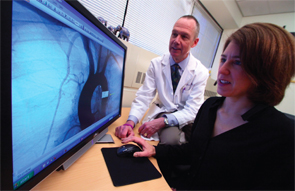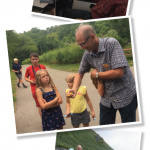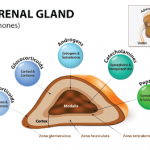
Calvin Brown Jr., MD, received funding from the Foundation to help train the next generation of rheumatology professionals.
Q. How has the Foundation affected your career?
A. In terms of how the Foundation has affected me, there is a global perspective and a personal perspective. Globally, I’m very committed as a rheumatologist and physician [to] taking care of patients [and] advancing the understanding of our diseases. As the biggest private supporter of rheumatology research in the U.S., everything the Foundation does serves that end and helps me help my patients.
The other, more personal, side is that I am co-recipient of a grant that is now fully in the hands of one of my colleagues due to my role in the Foundation. The grant has allowed us to examine lung disease in rheumatoid arthritis (RA), which is one of the major poorly understood comorbidities affecting patients. It’s difficult to find funding to study these topics, and the Foundation has the vision and the resources for us to undertake this project.
We are a lot closer [to a cure now] than we were 30 years ago when the Foundation started its work.
Q. How did you first get involved with the Foundation?
A. I first heard about the Foundation when I joined the ACR as a fellow, nearly 30 years ago in 1986. At that time, the Foundation was just getting off the ground. I didn’t know much about it until I got more into my career and got involved with the American College of Rheumatology. I realized the efforts of the Foundation were critical to the success of our workforce development and our research. As rheumatology chair at Mayo Clinic, I look for funding opportunities for our staff—junior staff in particular—to help them with career development and foster the development of workforce in rheumatology. These are things that the Foundation provides resources and infrastructure for. This realization that we are not going to be able to fund or support all of our research and workforce development through the federal government, but rather increasingly need to be knowledgeable about and rely on efforts of the Foundation [and others], got me very engaged with the mission of the Foundation.




